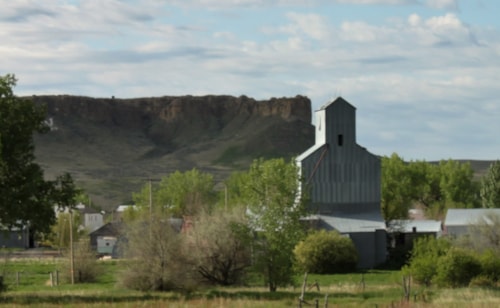

Petroleum County, Montana
Land Area (sq mi): 1,655
Est. Population: 587
Persons/sq mi: 0.4

Petroleum County sits in the eastern part of our tourism region. With a county population of 506 it is Montana’s least populous county. The county seat is Winnett and the county’s eastern boundary is the Musselshell River.
The town of Winnett was named for Walter Winnett, a Canadian rancher who was captured by the Sioux Indians and later adopted into the tribe.
Oil was discovered in the southeastern part of the county at Cat Creek in 1920. The county was named Petroleum because it was the site of the first major oil discovery in Montana.
Total area of Petroleum County is 1,674 square miles - 1,654 square miles are land and 20 square miles are water.
Communities
in Petroleum County
Headed to Petroleum County, Montana? Get to know the communities found in the county! When planning a trip across Central Montana, remember that not all of our communities offer full services and you won't always have cell service.
Montana Highway 200 passes through the middle of the county. Significant dinosaur discoveries in the area include a Tyrannosauridae and an Alamosaurus.
Three units of the War Horse National Wildlife Refuge (U. S. Fish & Wildlife) are in Petroleum county. The War Horse Unit and Wild Horse Unit are northwest of Winnett and Yellow Water Unit is about 8 miles south of Winnett. War Horse and Wild Horse each have lakes when water is plenty and provide good habitat for birds. Yellow Water is stocked with trout and offers good fishing. An acid shale forest of ponderosa pine sits on fragile soil in the War Horse unit and extends for 225 acres.
Petroleum County extends north to the Missouri River giving access to the Charles M. Russell Wildlife Refuge. Hunting, fishing, boating, hiking, bird watching and wildlife watching are popular in this area.
The economy in Petroleum County is primarily ranching - both cattle and sheep. The area is well known for pronghorn (antelope) hunting and the terrain also supports populations of elk, white-tailed deer, mule deer, Hungarian partridges and some pheasant.












